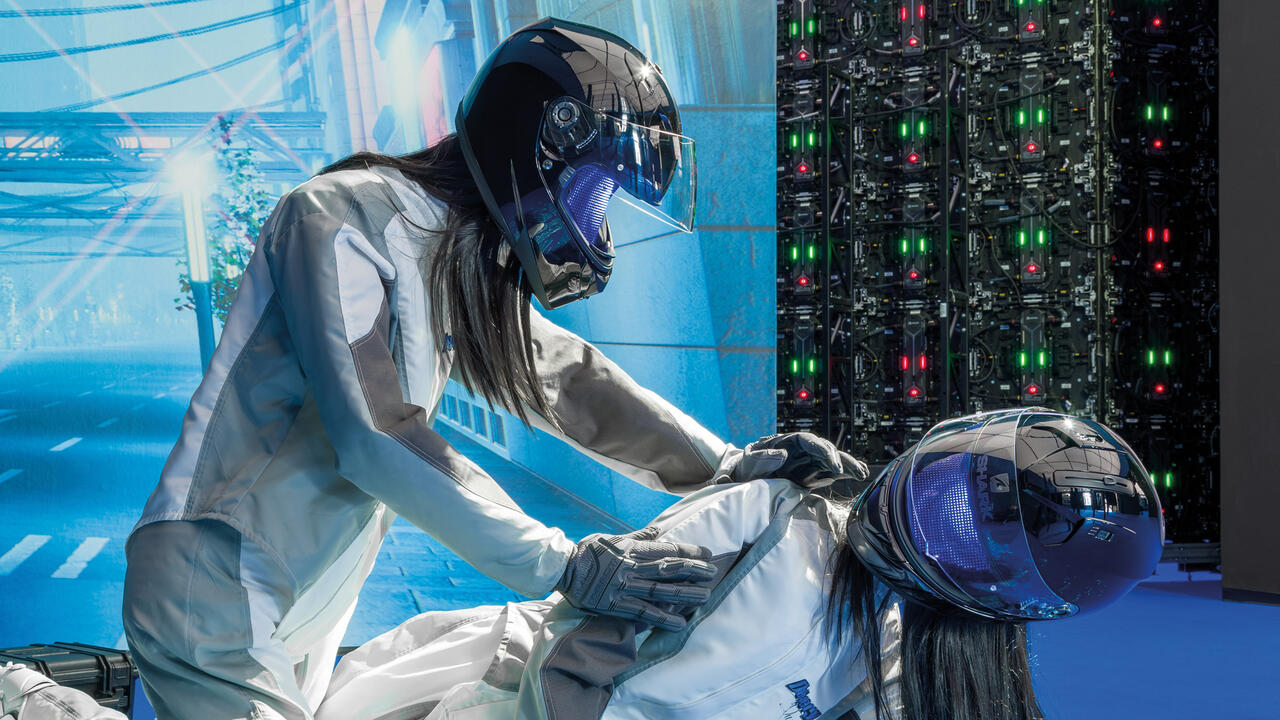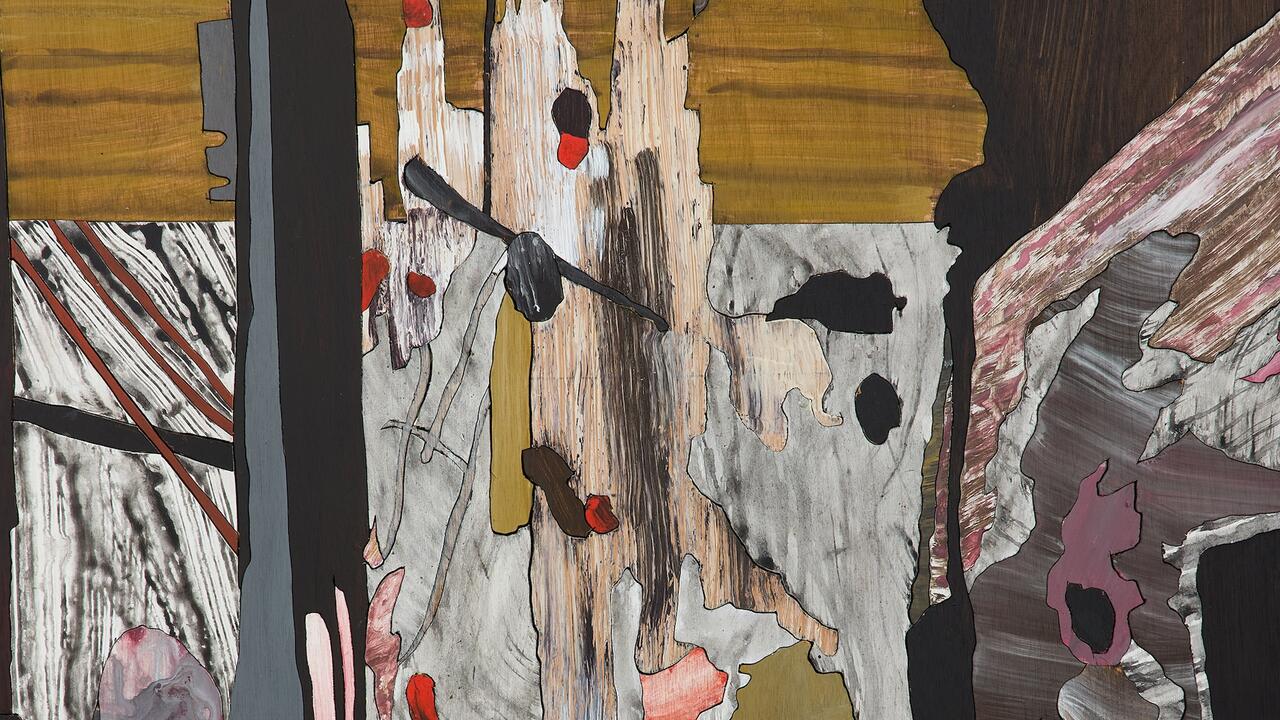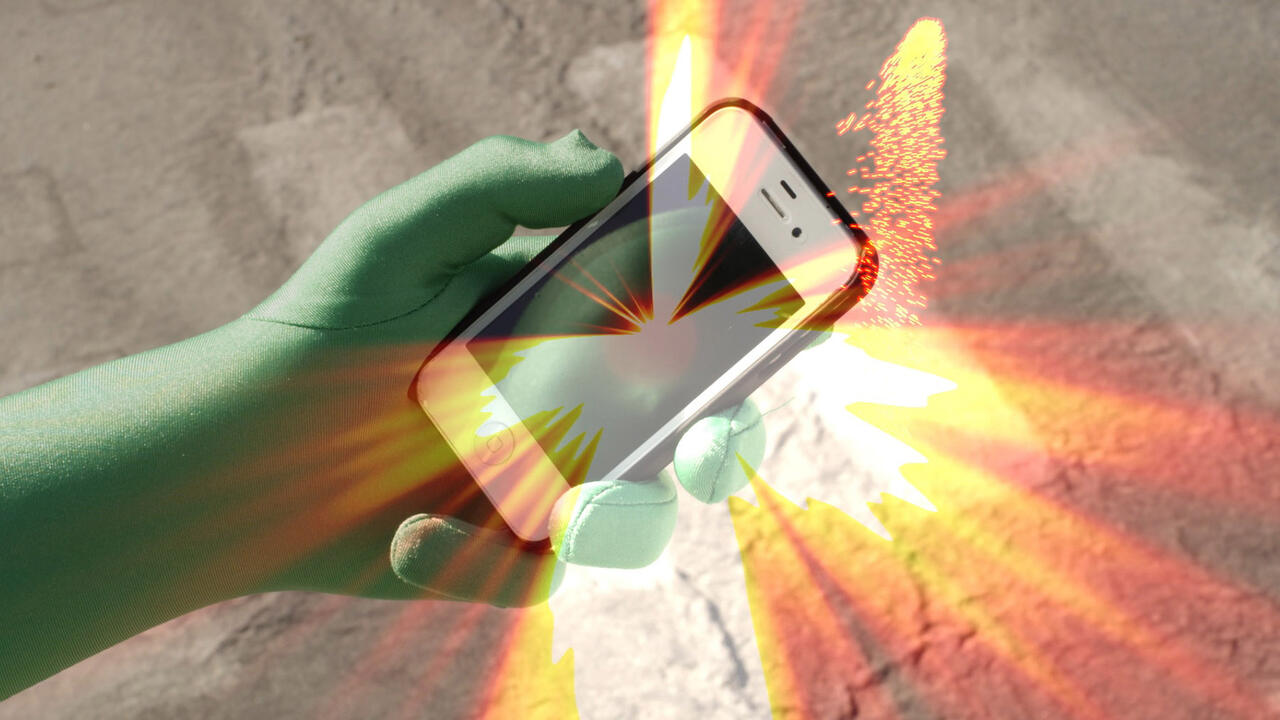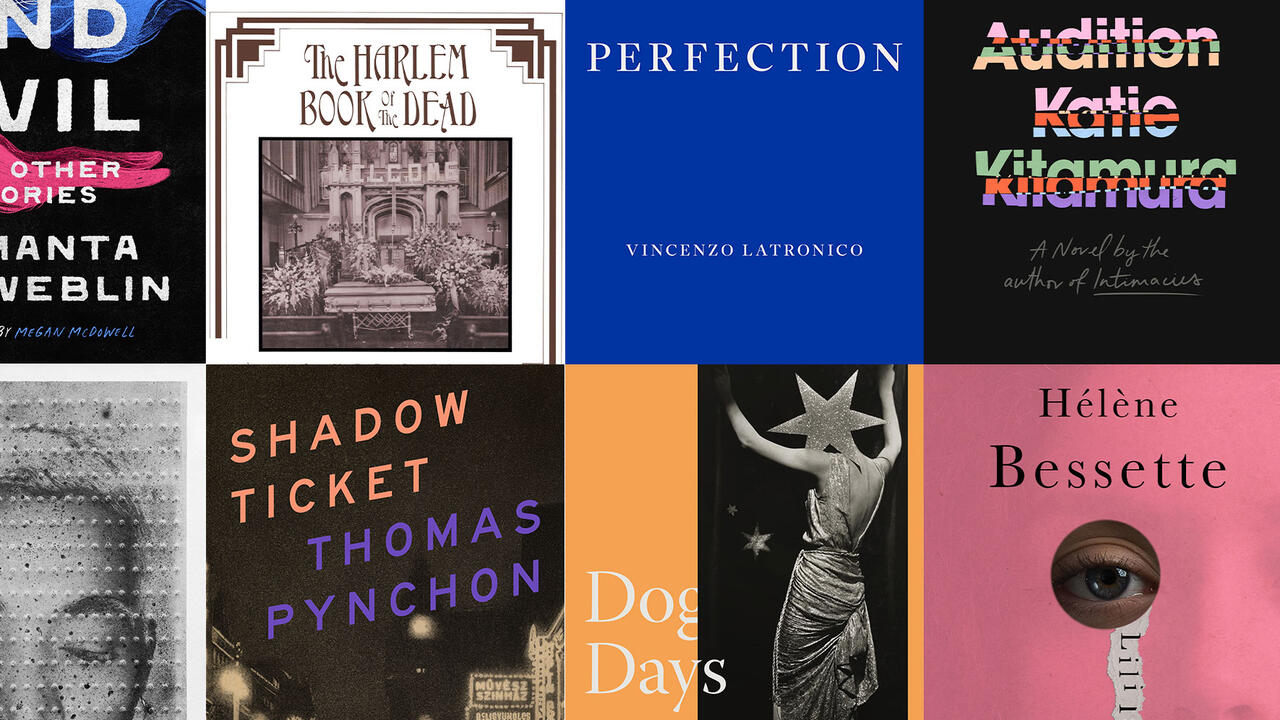Cryonics and the Pursuit of Freedom From Mortality
Tom Morton on Walt Disney, 20th-century science fiction movies and the prospect of revival from death
Tom Morton on Walt Disney, 20th-century science fiction movies and the prospect of revival from death

Walt Disney died on 15 December 1966. If his more imaginative biographers are to be believed, his corpse was chilled to -196º C and buried in a secret chamber beneath Disneyland's 'Pirates of the Caribbean' attraction. It is still widely believed that Uncle Walt was transformed into a cryogenically frozen version of his Sleeping Beauty (1959), patiently awaiting reanimation. Like most modern myths, that of Disney's bid for immortality incorporates only a sliver of historical fact: four weeks after the cartoon mogul's demise Dr James Bedford became the first person to be officially preserved in a cryogenic casket. Cryonics had taken a teetering step out of science fiction and - for the rich and hopeful, at least - death suddenly wore a friendlier face.
Reviving the dead isn't a purely 20th-century fantasy. Writing to a friend in 1767, the American scientist and author Benjamin Franklin mused on the possibility of 'a method of embalming drowned persons, in such a manner that they might be recalled to life at any period, however distant'. Shaking himself from his reverie, Franklin concluded that he lived 'in a century too little advanced, and too near the infancy of science, to see such an art brought in our time to its perfection'. It wasn't until the publication of Robert Ettinger's The Prospect of Immortality (1964) that medical resurrection seemed anything more than a distant dream. A popular best-seller, Ettinger's book combined scientific research with sunny futurology: 'We need only arrange to have our bodies, after we die, stored in suitable freezers [...] No matter what kills us, whether old age or disease [...] sooner or later our friends from the future should be equal to the task of reviving us.' Reading The Prospect of Immortality today, it's easy to interpret the book's optimism as a typically 1960s take on tomorrow, to suppose that, for a generation tasting new liberties, freedom from mortality may have seemed just around the corner. But if Ettinger's enthusiasm seems like a naive relic, there are a growing number of people who share his sanguine vision of the future.
The Alcor Life Extension Foundation, America's leading cryonics specialists, currently maintains 49 bodies in cryogenic suspension and has a 'waiting list' of 565 living clients. Alongside the icy remains of lawyers, businessmen and the pioneering Dr Bedford, the company's Arizona facility houses the corpse of the baseball legend Ted Williams. The world's most controversial cryonaut, Williams recently became headline news when his daughter claimed he'd been coerced into the freezer by a relative planning to sell his superstar DNA. Thinking about Alcor's more willing customers, it's impossible not to marvel at their belief in the perfectibility of medicine and their starkly materialist conception of the self. Waiting silently for an engineer to fix the failed mechanics of their bodies, the cryonauts are like a routed robot army, resting through the small hours that separate tomorrow from today.
If Alcor's customers ever awake, perhaps they will tell their 'friends from the future' about 20th-century science fiction movies. From 2001: A Space Odyssey (1968) and Sleeper (1973) to Aliens (1986) and Jason X (2002) cryogenic suspension has been one of the genre's most enduring motifs. Almost without exception these films identify cryonics with technological hubris and mechanical disaster, temporal alienation and grizzly death. In an age in which we're supposed dumbly to ape the silver screen, the cryonauts' rejection of such warnings seems a little strange. Maybe their desire to see the future outstrips their trepidation - and who wouldn't want a glimpse of tomorrow, even if it broke your heart? I suspect, though, that Alcor's clients are the modern heirs of Blaise Pascal, the French 17th-century mathematician and philosopher who argued that it made sense to worship God just in case the Almighty existed and there was a paradise. Frozen in their nitrogen tombs, the cryonauts have made a similar wager.
Main image: Disney's Magic Kingdom iconic "Partners" Statue in Front of Magic Kingdom Cinderella Castle, 2012. Courtesy and photograph: Michael Kappel via Flickr






















